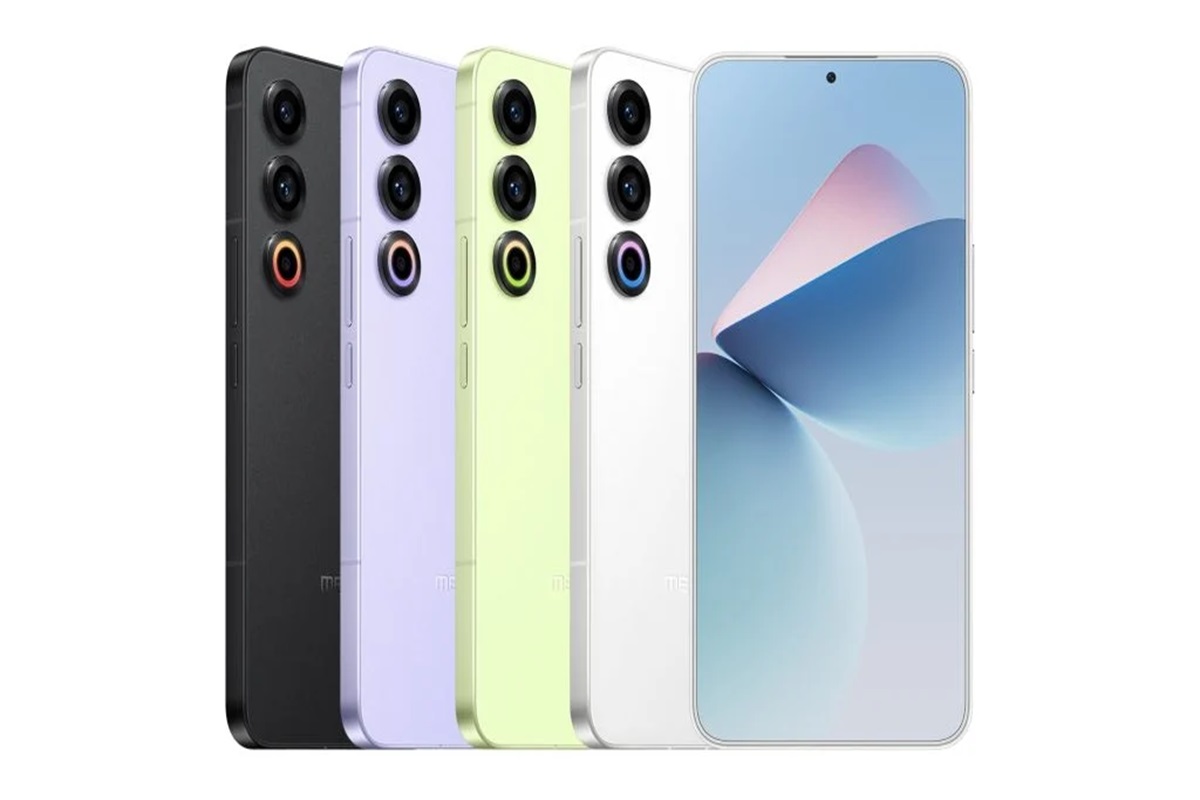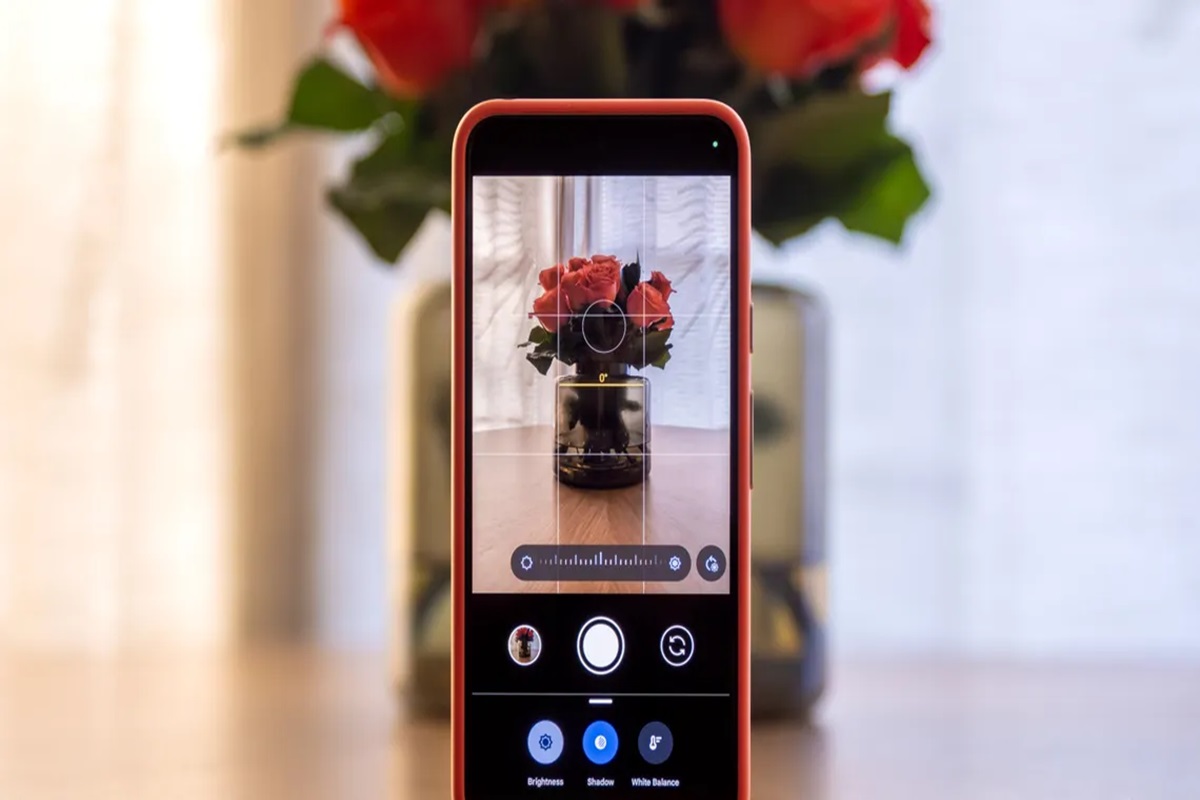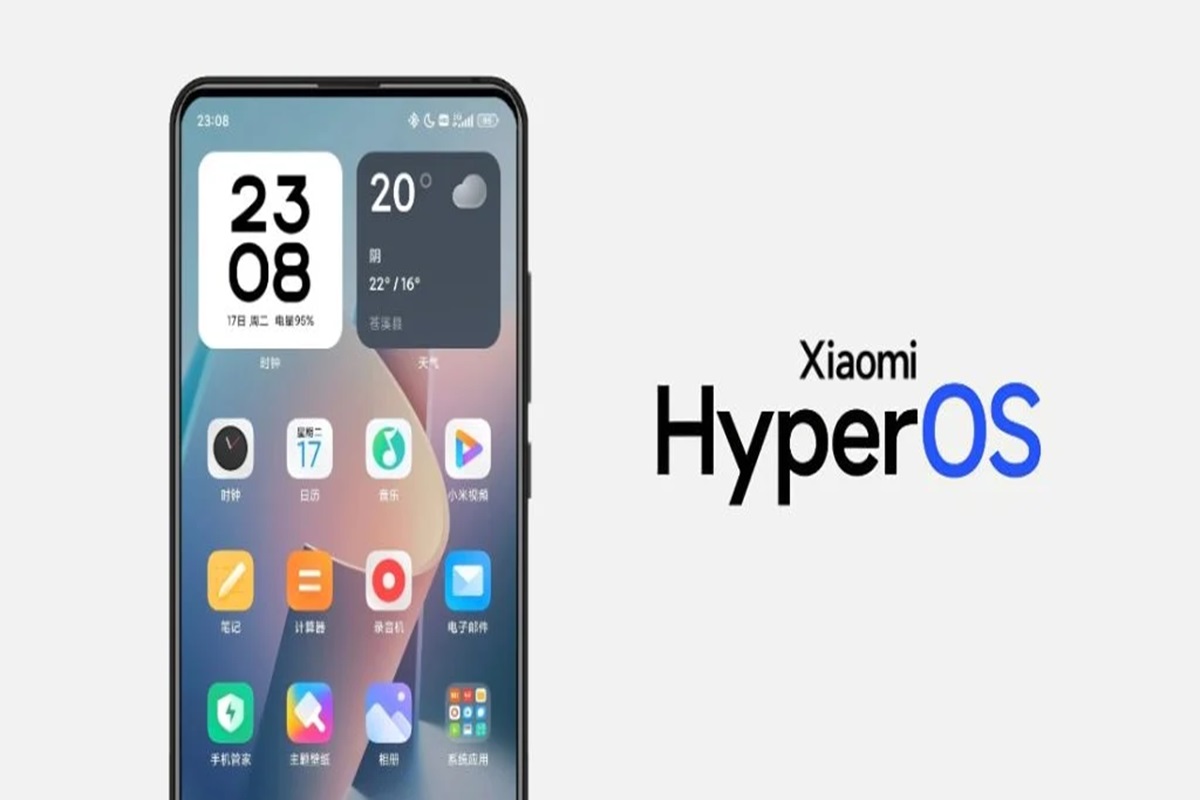Meizu recently unveiled its latest flagship smartphone, the Meizu 21, at the 2023 Autumn Unbounded Ecological Conference in China. The phone boasts improvements in design, camera, and battery over its predecessor. Let’s explore the key features of the Meizu 21.

The Meizu 21 maintains a sleek design, with a flat frame body reminiscent of both the Galaxy S series and iPhones. It is impressively thin at 7.9mm and weighs 198g. One notable addition is the RGB LED ring light around the camera, serving various purposes, including notifications.
Powering the Meizu 21 is the Qualcomm Snapdragon 8 Gen 3 chipset, coupled with LPDDR5x RAM and UFS 4.0 storage. To ensure efficient heat dissipation, the phone features a cooling area of 37345mm².
The device sports a 6.55-inch centered punch-hole flat OLED screen provided by Samsung Display. The FHD+ panel supports HDR10+, offers a 120Hz refresh rate, 1920Hz PWM dimming, and reaches a peak brightness of 1800 nits.
The Meizu 21 boasts an impressive camera setup. On the front, there’s a 32MP Samsung S5KJD1 selfie camera. On the rear, a vertically aligned triple camera system includes a massive 200MP Samsung S5KHP3 primary sensor with OIS, a 12MP Samsung S5K3L6 ultrawide unit, and a 5MP Samsung S5K5E9 depth sensor.
The phone runs on the Flyme 10.5 operating system based on Android 14, featuring the Aicy personal assistant powered by GPT. It comes with an IP54 rating, dual stereo speakers, an in-screen fingerprint sensor, dual SIM support, WiFi 7, Bluetooth 5.4, GNSS, and NFC.
A robust 4,800mAh battery fuels the Meizu 21, supporting 80W wired charging for quick and efficient power replenishment. The Meizu 21 is available in three configurations:
– 8GB + 256GB for ¥3,399 (~$480)
– 12GB + 256GB for ¥3,699 (~$520)
– 12GB + 512GB for ¥3,999 (~$565)
The phone comes in Unbounded Black, Smart Purple, Sharp Green, or Meizu White color options. Pre-orders are open, and it is set to go on sale from December 5.









